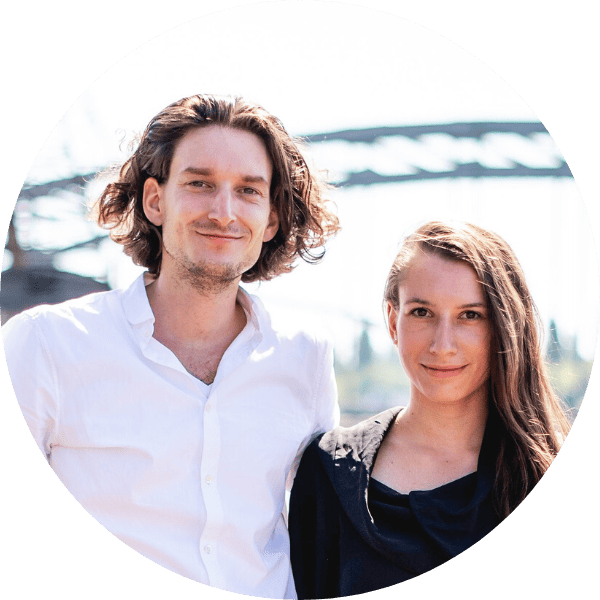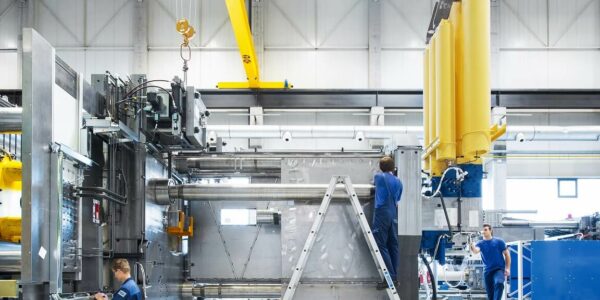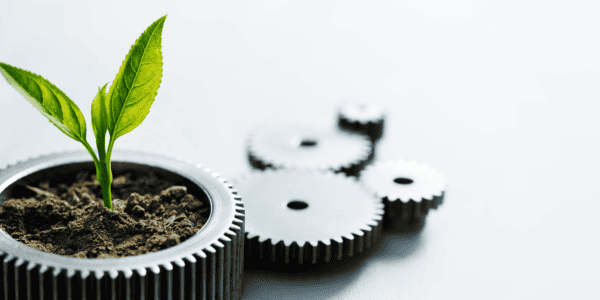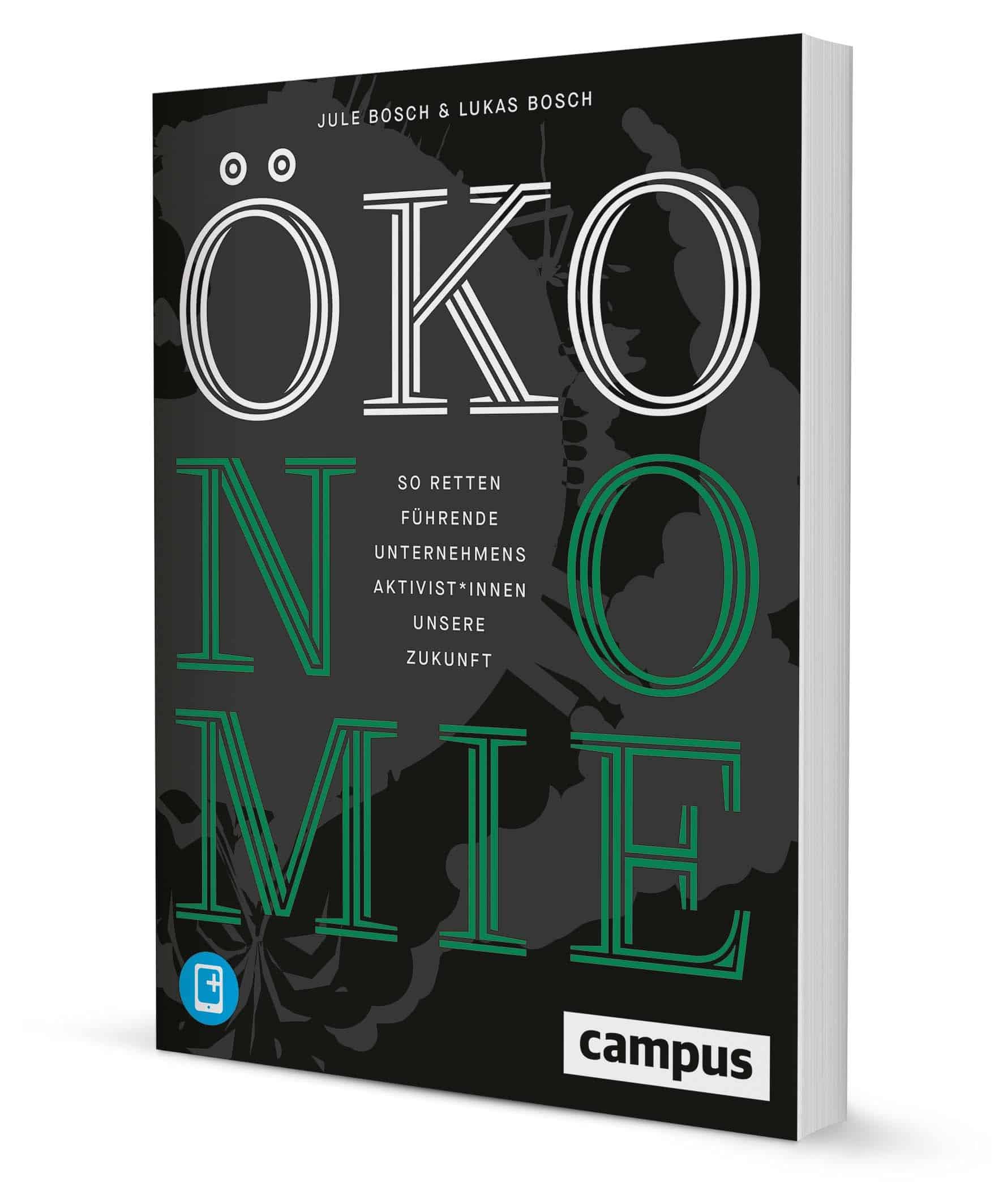
More Business, more planet
We are at a tipping point. And by this we do not mean an exponentially negative spiral of extreme weather events, water scarcity or climate heating – at least not directly. The tipping point we are referring to is more societal: the C-levels of a large number of companies have suddenly become serious about eco-transformation. At least that is if you follow how often the statement is made that a company has “anchored sustainability in its own DNA”. The fact is: Companies today understand that they are one of the biggest causes of our planet’s problems. The sea level is rising and the C-level is rising, too, and companies are finally starting to do something.
A core element of the transformation will be to ensure that “anchored in DNA” does not remain lip service, but is actually implemented. But how is the DNA of companies reflected? In the business model, of course! In the way companies create value for their customers, generate revenue in return, so that the bottom line provides a positive return and/or growth prospect. Our thesis: If companies want to move from being a problem to being part of the solution in the face of our planet’s ever worsening problems, they must purposefully redesign their business models. And paradoxically, they can take inspiration from – yes, indeed – Amazon on this one. Why this hyper-capitalist monster that renounces all eco-social values? Well, we’ll leave that as a little cliffhanger for now…
…and first address the question of how to design business models. In the systematic and conscious design of this “DNA” lies an enormous lever for success, namely the possibility of very specifically reshaping value creation on the basis of sustainability aspects and thus saving not only the future of all of us, but also very concretely and tangibly that of one’s own company. Simply waiting and seeing is even worse in this ongoing and indisputably necessary sustainability transformation than in all other transformations before. If we do nothing ourselves, others will do it, or “it will just happen.” The buzzword “disruption” as a risk factor that is difficult to calculate expands environmental factors to include numerous interwoven environmental factors of our planet. Transformations in the business model are complex, and the strategic considerations are company-specific – but the direction is clear: The aim is to actually create value without destroying value elsewhere, i.e., resources, livelihoods, etc. Sounds banal at first, but unfortunately most business models today do not (yet) work that way.
For example, let’s look at the difference between a conventional yogurt brand and an example from our book, namely the Danone Grameen company, which is fighting child malnutrition in Bangladesh with nutrient-rich yogurt. The second business model is based on a distribution model that creates jobs in addition to the value of the product, because the ultra-cheap yogurts are not only produced locally, but also transported to every remote community by mostly female employees using a commission model. The business model module “bring to the customers” is therefore deliberately designed and optimized on the basis of eco-social criteria.
This means that if we design business models cleverly, we can ultimately create regenerative business models that consolidate social structures through their business activities, regenerate nature and resources, and at the same time offer useful products and services for their customers. This development is just beginning to gain momentum. It is closely linked to thinking in terms of circular economy as well as cradle-2-cradle, but goes beyond the design of products by also looking at business models.
We called the model “regenerative flywheels” in the book – in reference to the “flywheels” of American business author Jim Collins. The metaphor comes from physics. Flywheels are driven by an initial impulse and then accelerate themselves further and further.Amazon founder Jeff Bezos probably created the best-known entrepreneurial flywheel. Here, the divisions interact in a positive way, so that at a certain point, growth momentum begins to set in, from within the business model. So, apart from the fact that this company itself would probably not receive an award for exceedingly high ecological-social ambitions, there is a lot to learn from it. Linking growth and planet (i.e., ecological-social impact) at the center of the flywheel creates a reciprocal positive dynamic in which more business leads to “more planet” and vice versa, so that economic and ecological growth scale in an interlocked manner. Sustainability thus goes from a cost factor for companies to an opportunity and actually finds its way into the “DNA” of the company.

Jule Bosch und Lukas Bosch are independent consultants, speakers and authors. Based on megatrends and design thinking, they question the status quo and ensure, both in consulting projects and with their own ventures, that sustainability is recognized as a potential for disruption and therefore, above all, as business potential. Together they founded the biodiversity start-up Holycrab! and wrote the book “ÖKOnomie” published by Campus Verlag.
Magazine Article about Jule and Lukas bosch
Business models for and with sustainability
You might also be interested in

“Our goal is not to spend a cent more on electricity in the future.”
As a supplier of die casting technologies, Oskar Frech GmbH + Co. KG operates in an energy-intensive environment. Thanks to efficiency improvements and sustainable planning, the hidden champion was able to drastically reduce its energy consumption. Managing Director Dr. Tim Nikolaou explains in an interview how the transformation succeeded and what role lean management plays in the green transformation.
Read more
Plenty of Space for Creativity
Not all companies have managed to keep pace with change as impressively as ddm hopt+schuler. The company based in the German town of Rottweil has succeeded in continuously developing itself and its products for more than 50 years. The key to success, according to owner Karl-Rudolf Hopt, is a “a culture in which nothing is impossible”.
Read more
Study Green Transformation 2022
On a total of 56 pages, the study provides a detailed insight into this industry’s sustainability strategy. In addition, we compare the results with important findings from the study “Green Transformation in the Automotive Industry” conducted last year. Expert reports from Munsch Chemie-Pumpen GmbH and TRUMPF Machine Tools offer exciting impulses directly from the field….
Read more
